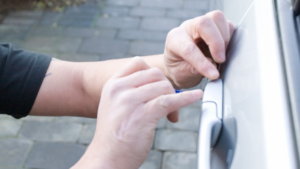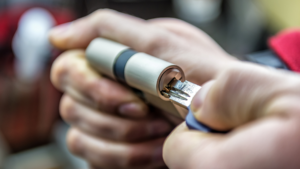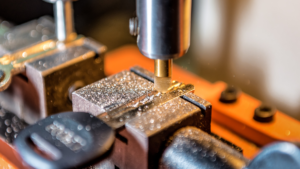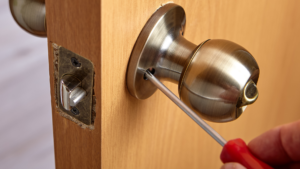In the landscape of contemporary security strategies, Closed-Circuit Television (CCTV) systems have garnered indispensable status. Regardless of their application in residential or commercial contexts, these systems provide a reliable mechanism to observe and shield properties. To guarantee the efficient operation and optimal effectiveness of your CCTV system, ponder over the forthcoming suggestions.
Optimal Camera Placement: Achieving crisp and comprehensive footage heavily relies on strategic camera positioning. Determine crucial areas to observe, like entryways, high-traffic regions, and vulnerable points. Guarantee that cameras are affixed at suitable heights and angles to minimize blind spots.
Emphasize Overall Scanning: Decide on cameras featuring wide-angle lenses or pan-and-tilt options to cover large regions. This lowers the camera count while upholding thorough monitoring.
Climate Resistance: For outdoor camera installation, opt for weather-resistant models that can withstand various weather conditions. This resistance ensures uninterrupted surveillance, no matter the surroundings.
Premium Image Capturing: Opt for cameras offering premium image capturing capabilities through high resolution, resulting in enhanced clarity and intricate detailing. These cameras also excel in low-light conditions, ensuring reliable surveillance at all times.
Digital Surveillance: Opt for a CCTV system that offers remote access through a smartphone app or web browser. This characteristic allows you to monitor your property in real-time from any location, increasing convenience and security.
Suitable Lighting: Effective lighting is essential for capturing clear visuals, especially at night. Reflect on situating cameras near existing light sources or using cameras with infrared (IR) sensors for improved night vision.
Routine System Checks: Implement routine checks for your CCTV system, ensuring camera cleanliness, accurate alignment, and reliable operation. Dust or debris on the lens can hinder image quality.
Appropriate Storage Capacity: Verify that your CCTV system has the appropriate storage capacity for recording footage effectively. Depending on your situation, contemplate cloud storage or opt for an on-site digital video recorder (DVR) or network video recorder (NVR).
Privacy Respect: Show respect for privacy laws and regulations when placing cameras, particularly in locations that might encroach on the privacy of others.
Safe Network Linkage: When your CCTV system connects to the internet, establish its safety with sturdy passwords and encryption. Regularly update firmware to shield against potential vulnerabilities.
Movement Identification: Employ motion detection settings to start recording and alerts when movement is recognized. This preserves storage capacity and directs your focus to potentially important events.
Holistic Integration Approach: Merge your CCTV system with other security measures, like alarms or access control systems, to develop a comprehensive security solution.
Privacy Preferences: When your cameras oversee areas with a blend of public and private places, apply privacy settings to mask private areas from view.
Continuous Updates: Keep your CCTV system up-to-date by applying the most recent firmware and software updates offered by the manufacturer.
User Instruction: If the CCTV system will be used by multiple people, offer detailed training to ensure effective utilization.
Regulatory Familiarity: Get acquainted with local regulations and statutes regarding the application of CCTV systems, especially in public areas.
Video Inspection: Conduct regular assessments of recorded footage to spot any uncommon or suspicious activities. This step supports security protocols.
Alternative Power Support: Think about furnishing backup power to your CCTV system, such as uninterruptible power supply (UPS) devices. This helps to sustain surveillance operations during power blackouts.
Periodic Inspection: Schedule periodic inspections of your CCTV system to validate the proper functioning of all cameras and the accurate recording and storage of footage.
Skilled Placement: While some DIY options are available, professional installation guarantees proper camera positioning, wiring, and configuration for optimal performance.
Through the implementation of these guidelines, you can ensure the ongoing durability and efficacy of your CCTV system in enhancing security, whether it’s for your household, workplace, or other premises. Keep in mind that technology is consistently evolving, so remaining aware of the latest developments in CCTV systems can further amplify your security precautions.





